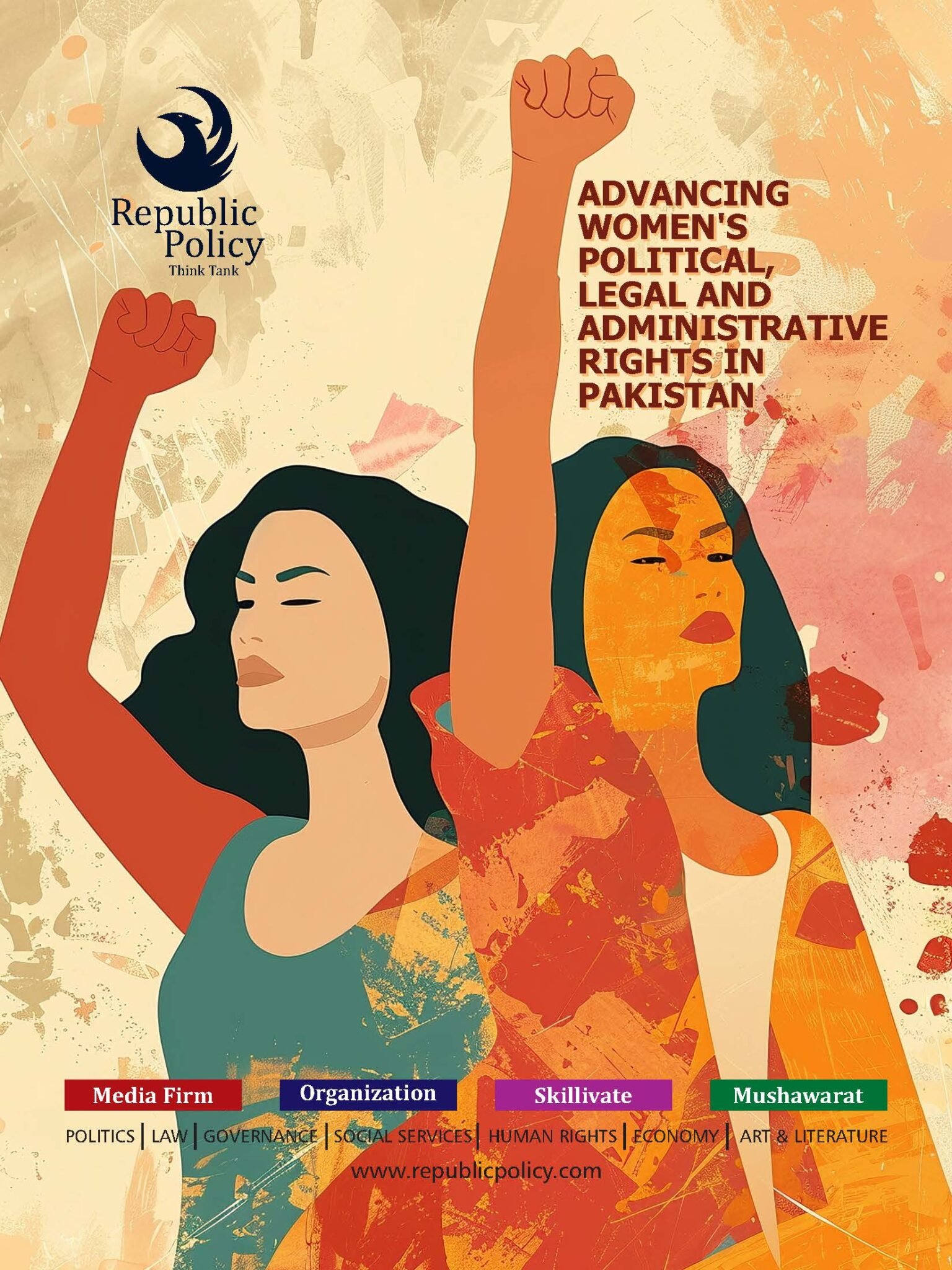Zafar Iqbal
Unemployment is a serious problem in Pakistan, affecting millions of people and causing various economic and social issues. According to the Pakistan Bureau of Statistics, the unemployment rate in Pakistan was 4.5% in 2020, which means that about 9.6 million people were unemployed. However, some experts argue that the actual unemployment rate is much higher, as many people are underemployed, discouraged, or not counted in the official statistics. Therefore, there is an urgent need to find effective solutions to end unemployment in Pakistan and create more opportunities for the people.
Some of the possible solutions to end unemployment in Pakistan are:
Enforcing population control measures. Pakistan has a very high population growth rate, which is estimated at 2.0% per year. This means that the population is increasing by about 4.4 million people every year, which puts pressure on the limited resources and creates more demand for jobs. Therefore, it is important to implement population control measures, such as raising awareness, providing family planning services, improving maternal and child health, empowering women, and reducing poverty, to slow down the population growth and ease the burden on the economy.
Implementing better economic policies. Pakistan’s economy has been facing various challenges, such as low growth, high inflation, fiscal deficit, trade imbalance, debt burden, corruption, etc. These factors affect the business environment, the investment climate, and the consumer confidence, and hamper the creation of new jobs. Therefore, it is essential to implement better economic policies, such as improving governance, enhancing transparency, reducing taxes, increasing exports, diversifying the economy, attracting foreign aid, and reforming the public sector, to boost the economic performance and generate more employment opportunities.
Improving educational standards in technology, skills, and resourcefulness. Pakistan’s education system has been suffering from low quality, low access, and low relevance, which results in a large number of illiterate, unskilled, and unemployable people. According to the UNESCO, the literacy rate in Pakistan was 59% in 2018, which means that about 78 million people were illiterate. Moreover, the education system does not match the needs and demands of the labor market, which creates a skills gap and a mismatch between the supply and demand of workers. Therefore, it is vital to improve the educational standards in technology, skills, and resourcefulness, such as enhancing the curriculum, increasing the enrollment, providing vocational training, promoting innovation, and encouraging lifelong learning, to improve the human capital and the employability of the people.
Overcoming energy crisis. Pakistan has been facing a severe energy crisis, which affects the industrial, agricultural, and domestic sectors, and causes power shortages, load shedding, and high costs. According to the World Bank, the energy deficit in Pakistan was 25% in 2019, which means that the demand for energy exceeded the supply by 25%. This situation affects the productivity, competitiveness, and profitability of the businesses, and leads to the closure of many factories and the loss of many jobs. Therefore, it is crucial to overcome the energy crisis, such as increasing the generation, improving the transmission, reducing the losses, diversifying the sources, and conserving the consumption, to ensure the availability, affordability, and sustainability of energy and to support the economic activities and the employment creation.
Please, subscribe to the monthly magazines of republicpolicy.com
Developing agriculture, industry, and services sectors. Pakistan’s economy is dominated by three major sectors: agriculture, industry, and services, which contribute 19%, 21%, and 60% to the GDP, respectively. However, these sectors have not been able to achieve their full potential, due to various factors, such as low productivity, high costs, low quality, low value addition, low diversification, low innovation, etc. These factors affect the competitiveness, profitability, and growth of these sectors, and limit their ability to create more jobs. Therefore, it is important to develop these sectors, such as increasing the investment, improving the infrastructure, enhancing the technology, upgrading the skills, expanding the markets, and fostering the cooperation, to increase the output, income, and employment of these sectors.
Increasing expenditure on infrastructure. Pakistan’s infrastructure is inadequate, inefficient, and outdated, which affects the connectivity, mobility, and accessibility of the people and the goods. According to the World Economic Forum, Pakistan ranked 110th out of 141 countries in the quality of infrastructure in 2019. This situation affects the economic development, the social welfare, and the environmental sustainability of the country, and hinders the creation of new jobs. Therefore, it is necessary to increase the expenditure on infrastructure, such as building and maintaining roads, bridges, railways, airports, ports, dams, power plants, etc. to improve the physical and social infrastructure and to create more direct and indirect jobs.
Promoting entrepreneurship. Pakistan has a low level of entrepreneurship, which affects the innovation, diversification, and competitiveness of the economy. According to the Global Entrepreneurship Monitor, Pakistan ranked 49th out of 54 countries in the total early-stage entrepreneurial activity in 2019. This means that only 9.5% of the adult population was involved in starting or running a new business in Pakistan. This situation affects the economic growth, the employment generation, and the social inclusion of the country, and limits the opportunities for the people. Therefore, it is essential to promote entrepreneurship, such as creating a conducive environment, providing financial and non-financial support, facilitating the registration and regulation, and celebrating the success, to encourage more people to start and run their own businesses and to create more jobs for themselves and others.
Encouraging local and international investments. Pakistan has a low level of investment, both domestic and foreign, which affects the capital formation, the technology transfer, and the employment creation of the country. According to the World Bank, the gross fixed capital formation in Pakistan was 15% of the GDP in 2019, which means that only 15% of the GDP was invested in fixed assets, such as machinery, equipment, buildings, etc. in Pakistan. Moreover, the foreign direct investment in Pakistan was only 0.5% of the GDP in 2019, which means that only 0.5% of the GDP was invested by foreign entities in Pakistan. These figures are very low compared to other developing countries, and indicate the lack of confidence and interest of the investors in Pakistan. Therefore, it is important to encourage local and international investments, such as improving the security, stability, and governance, reducing the risks and costs, offering incentives and benefits, and protecting the rights and interests, to attract more investors to invest in Pakistan and to create more jobs and income for the people.
Hence, Pakistani society and the government must ensure more employment opportunities for Pakistan’s youth.
Please, subscribe to the YouTube channel of republicpolicy.com

















